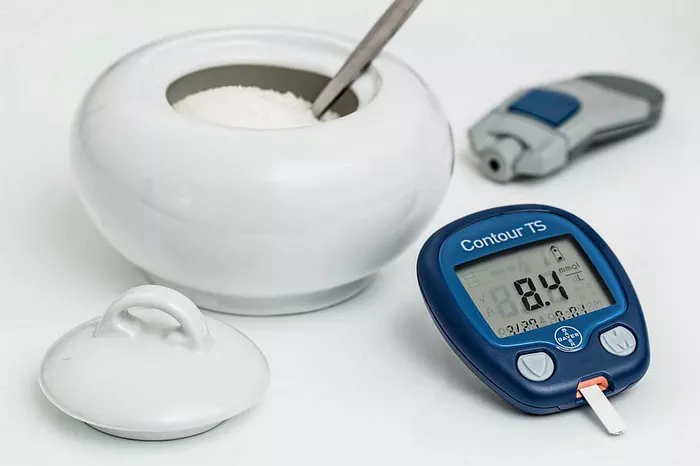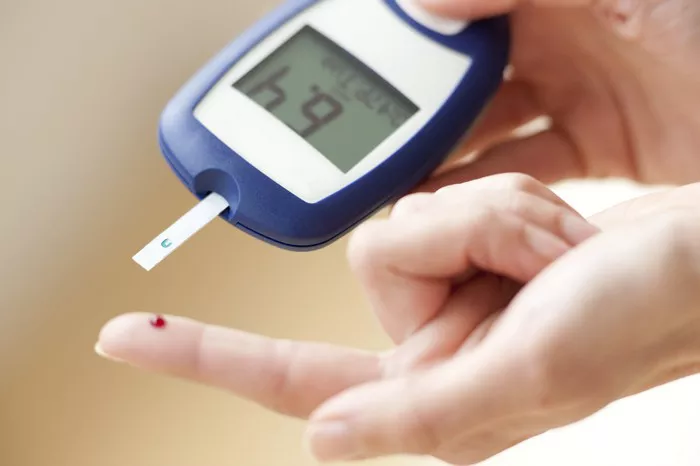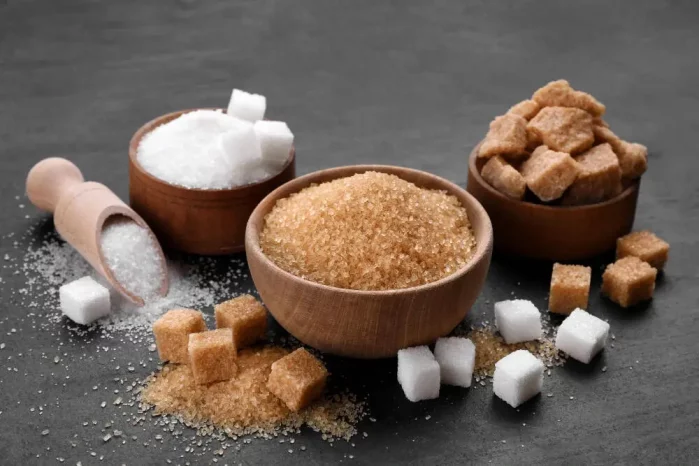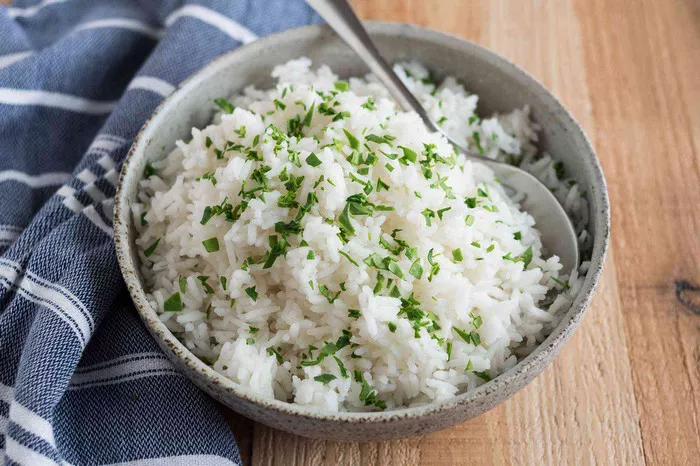Flour is a staple ingredient in many diets around the world, serving as the foundation for countless recipes and dishes. However, for individuals living with diabetes, selecting the appropriate type of flour is crucial to managing blood sugar levels and maintaining overall health. With the plethora of flour options available on the market, navigating the choices can be overwhelming. In this article, we will explore various types of flour suitable for diabetics, their nutritional profiles, and practical tips for incorporating them into a diabetic-friendly diet.
Understanding Diabetes and Dietary Considerations
Diabetes is a chronic condition characterized by elevated levels of glucose (sugar) in the blood. There are several types of diabetes, including type 1, type 2, and gestational diabetes, each with its unique causes and management strategies. While genetics and lifestyle factors play significant roles in the development of diabetes, diet also plays a crucial role in managing the condition.
For individuals with diabetes, monitoring carbohydrate intake is essential for regulating blood sugar levels. Carbohydrates are a primary source of glucose, and their impact on blood sugar varies depending on factors such as the type of carbohydrate, fiber content, and individual metabolism. Since flour is a carbohydrate-rich food, choosing the right type of flour can help individuals with diabetes better control their blood sugar levels and overall health.
Factors to Consider When Choosing Flour for Diabetics
When selecting flour for a diabetic-friendly diet, several factors should be taken into consideration:
Glycemic Index (GI): The glycemic index is a scale that ranks carbohydrates based on their effect on blood glucose levels. Foods with a high GI cause a rapid spike in blood sugar, while those with a low GI result in a slower, more gradual increase. Diabetics are advised to choose flours with a low GI to help stabilize blood sugar levels.
Fiber Content: Fiber is an indigestible carbohydrate that slows down the absorption of sugar into the bloodstream, preventing rapid spikes in blood glucose levels. Diabetic-friendly flours should ideally be rich in fiber to promote better blood sugar control and improve overall digestive health.
Nutritional Value: In addition to carbohydrate content, it’s essential to consider the overall nutritional profile of the flour. Diabetics should opt for flours that are rich in essential nutrients such as vitamins, minerals, and antioxidants, while also being low in unhealthy fats and added sugars.
Gluten Sensitivity: Some individuals with diabetes may also have gluten sensitivity or celiac disease, an autoimmune disorder triggered by the consumption of gluten. For these individuals, gluten-free flours are a safer option to avoid adverse reactions and maintain optimal health.
Types of Flour Suitable for Diabetics
Now let’s explore some of the most popular types of flour suitable for individuals with diabetes:
Almond Flour:
Almond flour is made from finely ground almonds, making it naturally low in carbohydrates and high in healthy fats, protein, and fiber.
With a low glycemic index, almond flour has minimal impact on blood sugar levels, making it an excellent choice for diabetics.
Almond flour is also rich in vitamin E, magnesium, and antioxidants, which offer various health benefits, including improved heart health and blood sugar control.
Coconut Flour:
Coconut flour is derived from dried coconut meat and is known for its high fiber content and low carbohydrate count.
Despite being low in carbohydrates, coconut flour is exceptionally absorbent and requires more liquid in recipes compared to other flours.
Coconut flour is rich in medium-chain triglycerides (MCTs), a type of healthy fat that may help improve insulin sensitivity and promote weight loss in individuals with diabetes.
Flaxseed Meal:
Flaxseed meal is made by grinding whole flaxseeds and is an excellent source of omega-3 fatty acids, lignans, and soluble fiber.
With its low carbohydrate content and high fiber content, flaxseed meal can help stabilize blood sugar levels and improve digestive health.
Flaxseed meal can be used as a partial replacement for traditional flour in recipes, adding a nutty flavor and a nutritional boost.
Chickpea Flour (Garbanzo Bean Flour):
Chickpea flour, also known as garbanzo bean flour, is made from ground chickpeas and is a popular ingredient in Middle Eastern and Indian cuisines.
With its moderate carbohydrate content and high protein and fiber content, chickpea flour has a relatively low glycemic index compared to refined wheat flour.
Chickpea flour is also rich in vitamins and minerals, including folate, iron, and magnesium, making it a nutritious choice for individuals with diabetes.
Quinoa Flour:
Quinoa flour is made from finely ground quinoa, a gluten-free pseudo-cereal that is rich in protein, fiber, and essential nutrients.
Quinoa flour has a lower glycemic index compared to wheat flour and provides a steady release of energy, helping to prevent blood sugar spikes.
Quinoa flour is also a complete protein, containing all nine essential amino acids, making it an excellent choice for vegetarians and vegans with diabetes.
Incorporating Diabetic-Friendly Flours into Your Diet
Once you’ve selected the appropriate type of flour for your diabetic-friendly diet, here are some practical tips for incorporating it into your meals and recipes:
Substitute in Baking: Replace traditional wheat flour with diabetic-friendly alternatives such as almond flour, coconut flour, or chickpea flour in your favorite baking recipes. Experiment with different ratios to achieve the desired texture and flavor.
Thicken Sauces and Soups: Use coconut flour or flaxseed meal as a thickening agent for sauces, soups, and gravies instead of traditional wheat flour or cornstarch. These options add nutritional value and enhance the taste of your dishes.
Add to Smoothies and Shakes: Boost the fiber and protein content of your smoothies and shakes by incorporating flaxseed meal or almond flour. These ingredients not only provide a nutritional punch but also help keep you feeling full and satisfied.
Create Gluten-Free Options: If you have gluten sensitivity or celiac disease in addition to diabetes, experiment with gluten-free flours like almond flour, coconut flour, or quinoa flour to create delicious gluten-free versions of your favorite recipes.
Combine with Whole Grains: Mix diabetic-friendly flours with whole grains like oats, barley, or brown rice flour to create nutritious and flavorful blends for baking bread, pancakes, or muffins. This combination adds complexity to the flavor profile while increasing the fiber and nutrient content of your dishes.
Conclusion
Choosing the right type of flour is essential for individuals with diabetes to maintain stable blood sugar levels and promote overall health. By selecting flours with a low glycemic index, high fiber content, and beneficial nutrients, individuals with diabetes can enjoy a diverse range of delicious and nutritious meals without compromising their dietary goals. Experiment with different types of diabetic-friendly flours in your recipes to discover new flavors and textures while supporting your journey towards better health and well-being.
Related topics:
What to Eat for Dinner to Lower Blood Sugar



























